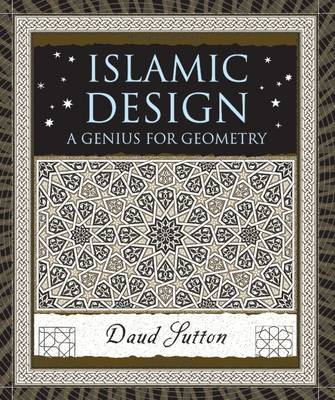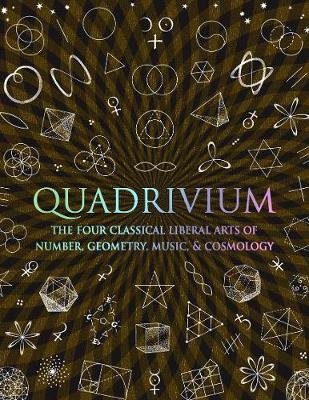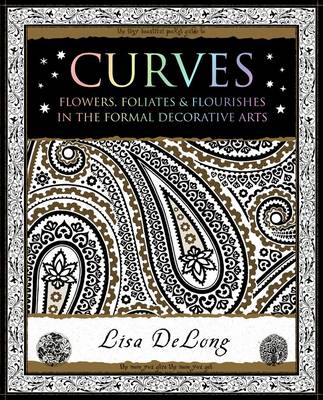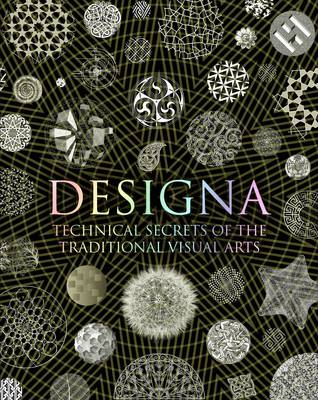Wooden Books
6 total works
Throughout their long history the craft traditions of the Islamic world evolved a multitude of styles applied to a great variety of media but always with unifying factors that make them instantly recognizable. Harmony is central. There are two key aspects to the visual structure of Islamic design, calligraphy using Arabic script-one of the world's great calligraphic traditions-and abstract ornamentation using a varied but remarkably integrated visual language. This art of pure ornament revolves around two central themes; crystalline geometric patterns, the harmonic and symmetrical subdivision of the plane giving rise to intricately interwoven designs that speak of infinity and the omnipresent center; and idealized plant form, spiraling tendrils, leaves, buds and flowers embodying organic life and rhythm.
1. WIDE APPEAL: Anyone interested in science, mathematics, design, architecture, and the natural world.
2. AUTHORITATIVE: A compelling blend of scholarship and visual presentation, packs an enormous amount of information into a short space.
3. BEAUTIFUL PACKAGE: A bargain at $10.00. Winner of First Prize for Nonfiction at the New York Book Show
4. SERIES PURPOSE: All are aimed at bringing ancient wisdom forward into the 21st century.
5. INSPIRING: The perfect entree into a challenging topic; will inspire other reading.
Does the three-dimensional jigsaw fit simply together? If so how? Find out about one of the languages spoken throughout the universe! An understanding of the Platonic Solids, and their close cousins, the Archimedean Solids has long been required of students seeking entry into ancient wizdom schools. This book, illustrated by the author, is a beautiful introduction to three-dimensional mathemagical space. WOODEN BOOKS are small but packed with information. "Fascinating" FINANCIAL TIMES. "Beautiful" LONDON REVIEW OF BOOKS. "Rich and Artful" THE LANCET. "Genuinely mind-expanding" FORTEAN TIMES. "Excellent" NEW SCIENTIST. "Stunning" NEW YORK TIMES. Small books, big ideas.
Quadrivium
by Miranda Lundy, Daud Sutton, Jason Martineau, John Martineau, and Anthony Ashton
Curves: Flowers, Foliates & Flourishes in The Formal Decorative Arts
by Lisa DeLong





